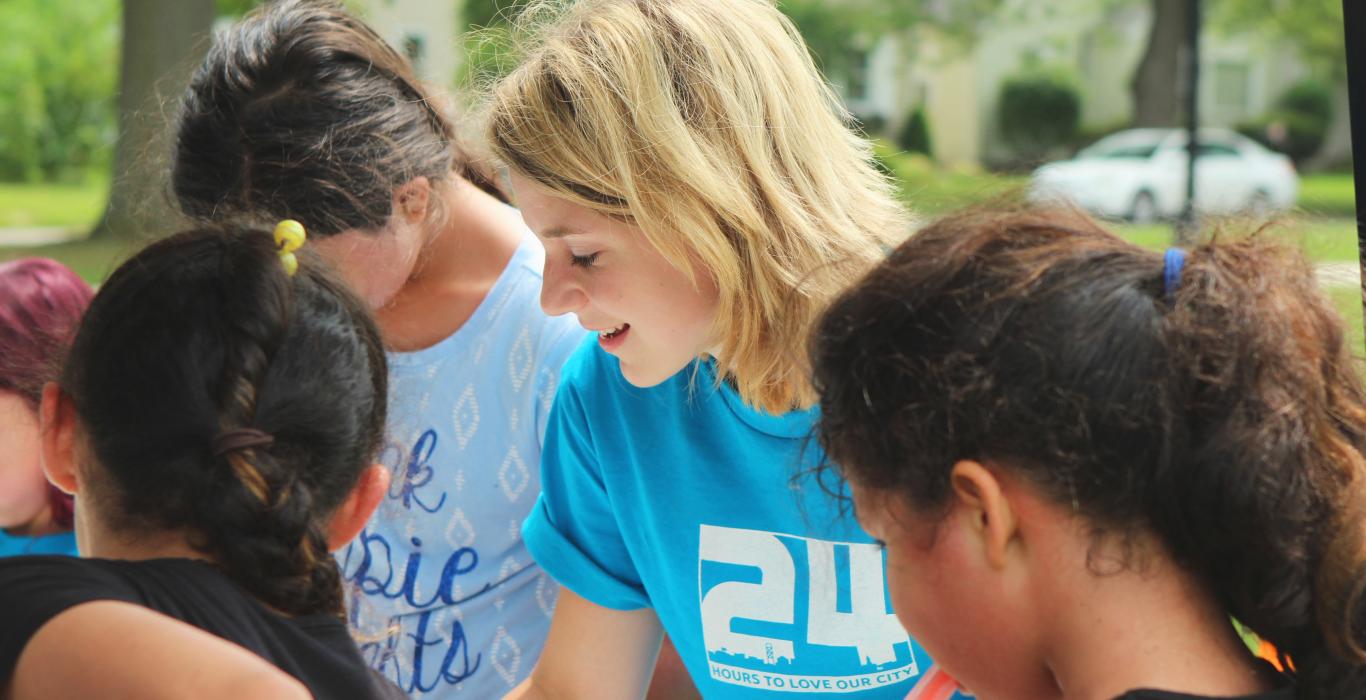What words would you like to see characterize the relationship between the federal government and charities? Collaborative? Respectful? Innovative?
The immense system of grants and contributions - the funding that flows directly from federal departments to organizations - creates the potential for charities and the government to be productive partners in the delivery of key community services, but we need reforms before this vision can become a reality.
Change is a long time coming to Government / sector relations
In 2006, From Red Tape to Clear Results: The Report of the Independent Blue Ribbon Panel on Grant and Contribution Programs attested to the critical role that charities and nonprofits play in delivering on some of the government's highest priority outcomes. The panel claimed that the work of charities "make[s] it possible for Canadians to help themselves in ways that are more efficient and more effective than governments could ever hope to achieve through direct programming." Charities are embedded within the communities they serve and are well-positioned to respond to social challenges as they arise. Grants and contributions, as a means to invest in and facilitate this crucial work, are indispensable public policy tools.
While pointing out the potential, the Blue Ribbon Panel also acknowledged the need for a "fundamental change in the way the federal government understands, designs, manages and accounts for its grant and contribution programs". It called for, amoung other specific reforms:
- simplified application and reporting requirements
- better coordination between departments and ministries
- funding at levels that reflect the full cost of program delivery
- recognition of the role of core funding
- need for longer-term funding arrangements
Moreover, it recognized that despite ongoing consultations with the social sector and an awareness of the undue burdens placed on charities, little improvement has been made. It suggested, instead, that the issue has worsened.
How did a system responsible for $15 billion1 worth of nonprofit revenue become such a challenge to navigate, to the extent that some organizations have determined accepting government funding is not worth the burden?
Nonprofit scholars Susan Phillips and Karine Levasseur (2004) describe contradictory trends within the Canadian government. There is a tension "between the control of contracting and the collaboration inherent in a governance contract."2 They refer to the current control-heavy system of compliance as a crisis response that emerged from a controversial audit of one federal department in 2000. Since then, the sector continues to be stuck in a situation they describe as analogous to a game of Snakes and Ladders, in which the "excessive control" within funding accountability measures presents a significant number of snakes on which to slide further from the social objectives organizations are striving to reach.
Building trust and collaboration
These tensions in the funding relationship take a toll on trust between charities and the federal government. While reflecting on her 40 year career in the voluntary sector, Joan Baker, currently the Vice President, Community and Housing Initiatives, at YMCA of Northern Alberta, sees these excessively burdensome compliance measures as symptomatic of a lack of trust in charities: "I think it comes out of a sense of 'you can't really trust the sector' and yet we deliver very significant services that government no longer wants to deliver." She would prefer to see charities recognized as "key professional collaborators." "We do their work in our communities and we're close to our communities... We are collaborators and I think that [requires] a change in attitude."
Looking forward
In Catalyst for Change, the Senate's recent report on the charitable sector, clear, measurable reforms are recommended including a move to multi-year funding, compensation for the full administrative costs associated with funded programs and services, and standardized reporting categories. The Senate's recommendations would go a long way to easing the pressures charities face in turning federal investment into critical community services. However, reforms are unlikely to occur without a recognition that charities can be partners in the pursuit of shared social objectives.
It was 14 years ago that the Blue Ribbon Report declared that grants and contributions reforms would be not just mutually beneficial to the federal government and to the sector, but that it would be in the public interest to move toward greater streamlining, and reporting requirements that are better aligned with project objectives. By 2019, the Senate had identified so little progress across government that it had to re-iterate the key recommendations made in 2006. The grants and contributions system is too important to Canadians to be mired under red tape. It's time for a new era of trust and collaboration between nonprofits and the government, and it can start with reimagining funding agreements.
Interested in working with Imagine Canada to advance this issue? Email the policy team at policy@imaginecanada.ca and make sure you’ve signed up to receive Early Alert, our weekly roundup of policy and research affecting the charitable sector.
References
1“Transfer Payments” 2017-2018 Public Accounts of Canada, Volume III, Section 6.
2Phillips, S., & Levasseur, K. (2005). The snakes and ladders of accountability: Contradictions between contracting and collaboration for Canada’s voluntary sector. Canadian Public Administration. Volume 47(4), 451.


